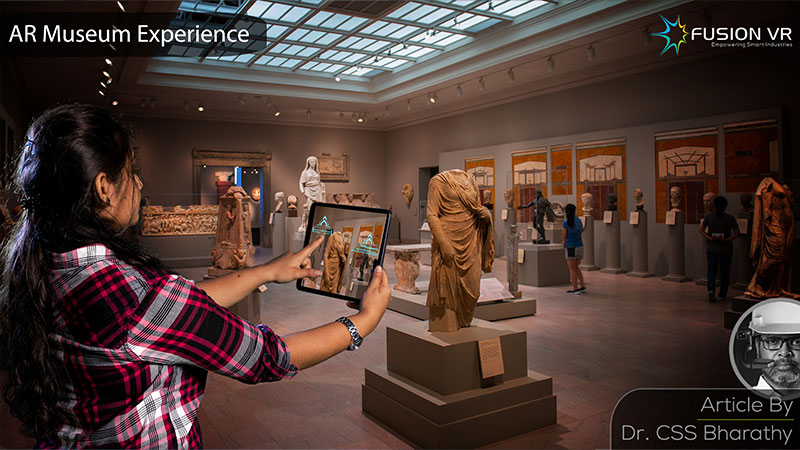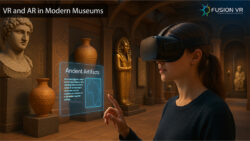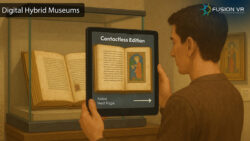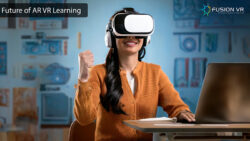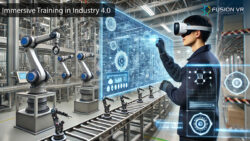Most of you know that to obtain an authentic learning experience about history and culture, we tend to head to the nearest museum. We believe that museums preserve and protect all that is important, valuable and rare for the knowledge, appreciation and growth of humanity. This is an important role that all museums play and governments all over the world fund these museums to do just that. You would also appreciate that this is an important effort that also requires the support and cooperation of the general public.
When it comes to history and culture, museums make the following key contributions.
Preservation: They preserve and protect rare historical artefacts, manuscripts, and artistic treasures such as paintings, sculptures, archaeological items etc. They play a key role in ensuring that these key aspects of human existence are preserved for future generations. Most importantly, they ensure that they are not lost, damaged or forgotten.
Accurate Interpretation: Museums have experts and curators who possess a lot of knowledge of these artefacts. They provide simple, bite-sized information that helps each visitor easily understand the artefact or exhibit. The common man may not have the time to dig up articles and inform himself about the exhibit. As experts, they conduct the necessary research to provide the details that are interesting and useful to all kinds of visitors, young and old, serious or casual.
Research: Being an authentic repository for historical and cultural artefacts, they enable research by academic and professional institutions to uncover more of their secrets. Students, scholars and museum professionals are able to obtain access to research and contribute towards the growing body of knowledge on history and culture.
Education: A visit to the museum by students from elementary to tertiary level institutions enable learning that is less structured and interesting compared to classroom learning. A museum is a huge show-and-tell experience for teachers and students. They are able to retain learning and achieve an enhanced understanding of concepts and a truly genuine appreciation of history and culture.
Community: Museums bring people of diverse backgrounds, interests and cultures together. There is a health exchange that enables better appreciation and harmony within communities. New initiatives and support for ongoing projects are obtained through these gatherings. Workshops organised by museums help obtain newer ideas, solutions and support for the museum’s efforts.
Despite the various contributions made by museums, there are also challenges and opportunities to ensure sustained contributions to the preservation of history and culture. The past few decades have witnessed an explosive growth of technology that could potentially result in fewer museum visitors and reduced funding. The growth of mobile phone technology has attracted younger minds towards social media. Such has been the grip of social media that one could hear a litany of complaints about how people, particularly children, are seen as being withdrawn from the surrounding reality.
Augmented Reality and its Role in enhancing museum experiences
In the midst of such challenges, it is a bit ironic that we need to seek the help of technology to drive engagement, interactivity and immersiveness for today’s museums. Virtual Reality and Augmented reality are two of the most exciting technologies that are transforming the museum scene.
Augmented reality, in particular, enables the overlay of content on the reality around us as seen through today’s devices and wearables. We live in the digital age, and the smartphone is an absolutely necessary accessory to do just about anything. Devices, content and connectivity are extremely important for navigating today’s physical and digital spaces.
Augmented reality can be effectively integrated into the interactive museum experience. This raises the level and quality of engagement with museum visitors and delivers an almost unheard level of interactivity. Museum exhibits using AR will no longer deliver a kind of visitor experience that is static and boring. Instead, the dynamism provided by AR will make it interactive, exciting and memorable.
AR is helping to bring history and culture to life with various museum experiences and exhibits. One of the main applications for AR is in the area of guided museum tours. An AR wearable device is loaded with a custom-developed AR solution that provides the much-needed guided tour to help a visitor enjoy and appreciate the museum.
This device can be obtained at the ticket counter and work immediately after. It recognises the location of the visitor in the museum as it continually scans and maps the environment he is in. The solution then proceeds with both audio and visual and voiceover cues to direct the attention of the visitor so that he/she enjoys a finer experience at the museum.
This is akin to having your personal guide with you to tour the museum, which will bring to life the finer and more exciting details of the history of an artefact or painting. Without this AR tour, the visitor might have easily walked past the exhibit and missed an interesting slice of history and culture.
Benefits of Augmented Reality in Museums
Today’s museums have only a fraction of the great historical and cultural treasures of this country. It is sad that much has been lost through war, conquest, natural disaster and man-made catastrophes. I hope many would remember how the National Museum of Iraq was looted and its valuable treasures destroyed during the Gulf War in 2003. More than 8000 items are still reported missing.
Augmented Reality brings to life highly realistic 3D models of a long-lost artefact or monument to life, enabling the visitor to learn, explore and appreciate the beauty and value of that item. AR solutions can be designed to enable various kinds of views to help the visitor thoroughly explore them. AR can also bring to life an exhibit that is available in the museum but too fragile to be displayed.
Leonardo Da Vinci’s The Last Supper is open to a limited number of visitors each day to help prevent its rapid deterioration. An AR-guided tour will help to recreate the masterpiece and also provide more detail on the finer aspects of the painting while being viewed from a distance.
One of the biggest benefits of AR is how accessible this technology actually is. It does not drive the need to acquire new devices or immediately invest in sophisticated architecture. The ubiquitous smartphone is all that is needed to use AR anywhere.
More customised experiences can be delivered using wearables, which require some investment, but many AR applications would probably require just your Android or iOS device. Such devices loaded with custom-developed AR solutions can drive the revival of interest in history and culture.
Expert content on any exhibit or artefact can be accessed through a QR code located near it. This content can be just text, visual or interactive in nature. This can be gamified to drive engagement with quizzes and puzzles for all types of visitors.
The Future of Museums and the Role of Technology.
Social media integration and the ability to share, recommend and interact with family and friends is possible in an augmented reality museum. The museum experience shifts from a static and boring experience to a dynamic and memorable one.
Many of the planet’s species have become extinct before and after the dominance of the human species. Museums tend to hold stuffed specimens or models of such species to show visitors about the life forms that once roamed the earth. These exhibits can be brought to life through augmented reality applications.
The QR code near the exhibit launches a highly realistic digitally created 3D model that can be rotated to see it in all directions, obtain an x-ray view to see its internal structure and be animated to see how it moved. The environment that they were in many millions of years ago can also be recreated. An example of such an exhibit is called The Immersive Story of the Forest at the National Museum of Singapore.
Similarly, but in a different area, such as science and technology, the Riga Motor Museum in Latvia enables motor enthusiasts to explore the workings of old engines with an AR app that animates the workings of those engines and provides detailed exploded views of those engines. Such an AR museum experience enables visitors to develop an appreciation of how technology has evolved over the years to the level of sophistication that we enjoy today.
Moreover, it enhances learning for the young and inspires them to accomplish greater things in their areas of interest. This particular application is one of the most readily applicable experiences for transforming traditional museums into interactive ones.
I have attempted to share these concepts and applications with you on how this revival can be accomplished. At Fusion VR, we are sharing our expertise in Museum 2.0, which is the next generation of museums that are enabled with technologies that are transformational for visitor engagement and interactions. The application of these technologies in museums is gaining traction and momentum worldwide. We are implementing in India such museum projects with governmental and private entities that incorporate AR experience centres.
The Amma Museum and Knowledge Park in Chennai and the RKM Museums across the country are a living testament to our expertise, commitment and passion towards making museums more interactive and beneficial for the general public. In addition to museums, our work is also devoted towards the development of corporate experience centres to help preserve corporate history and culture at major organisations.
The process of reviving the interest in history and art is directly dependent on how engagement is driven. The wonderful advances in technology are making this possible in many ways for our generation and the generations to follow to learn, experience and get inspired by the history and accomplishments of their ancestors. I truly hope that your next museum visit will be a more interactive, immersive and highly engaging augmented reality museum experience.

